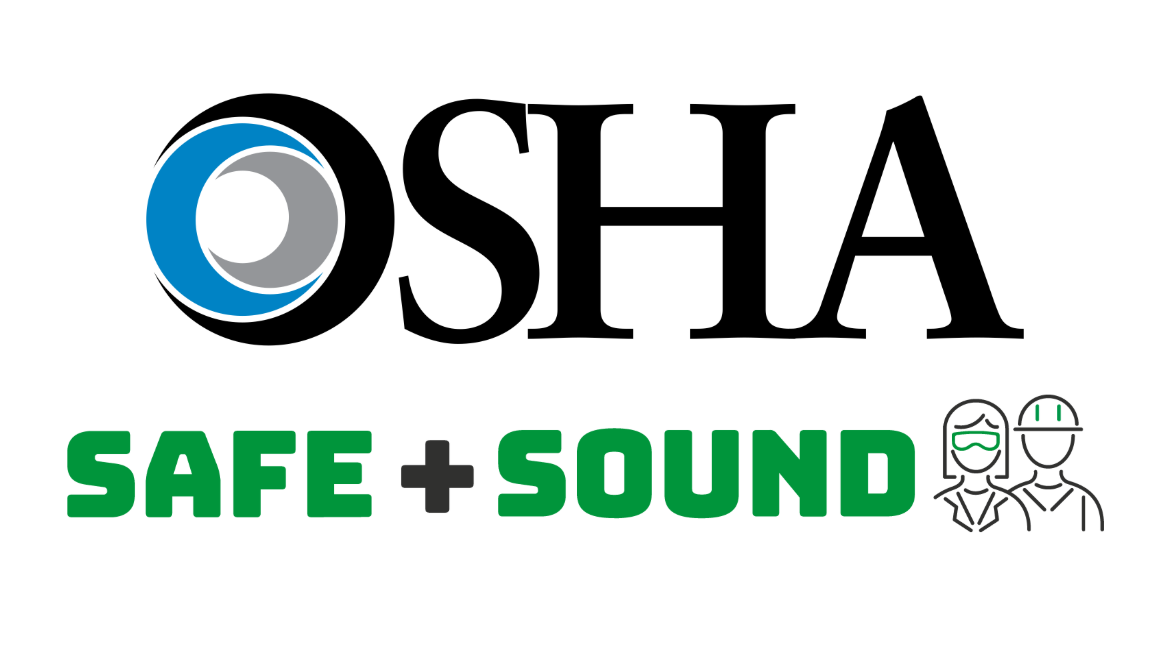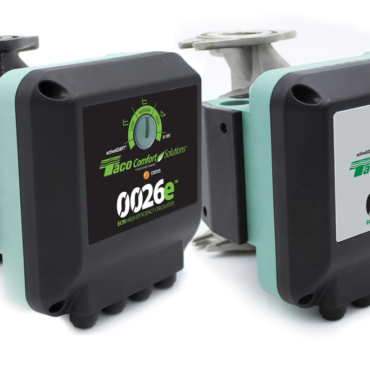When we think about workplace safety, we often envision hard hats, warning signs, and written programs. However, true safety goes beyond equipment and procedures; it’s about culture, leadership, active participation, and workplace inspections. This is the essence of OSHA’s Safe and Sound Week, a national event aimed at promoting workplace safety through comprehensive health and safety programs.
This year, Safe and Sound Week is August 12-18. Admittedly, when I first learned about Safe and Sound Week, I thought it dealt with noise and related issues, but it is so much more. I encourage all companies to check out the OSHA website. Let’s explore the significance of this initiative and its emphasis on management leadership and employee participation. We will explore hazard identification next month.
The Essence of Safe and Sound Week
Similar to the OSHA Fall Prevention Standdown held in May, OSHA’s Safe and Sound Week in August is an annual event designed to raise awareness about the importance of health and safety in the workplace.
It encourages businesses to proactively assess their safety protocols, identify hazards, and implement effective safety measures. During this week, organizations across the United States engage in activities, training sessions, and workshops to promote safety and health in the workplace.
The Pillars of Safety: Management Leadership
One of the central themes of Safe and Sound Week is the role of management leadership in fostering a safe work environment. Safety starts at the top, and when leaders prioritize it, it sets a culture for the entire organization. Here’s how management leadership plays a crucial role in workplace safety:
Setting the Vision: Leaders must articulate a clear safety vision and ensure that safety is a core value within the organization. This involves establishing safety policies, goals, and objectives that are communicated throughout the organization.
Leading by Example: Managers and supervisors who demonstrate safe behavior set a positive example for their teams. This includes wearing personal protective equipment (PPE), adhering to safety protocols, and addressing safety concerns promptly.
Allocating Resources: A safety-conscious management team invests in training, equipment, and safety programs. They allocate proactive resources to ensure employees have the physical tools and knowledge to work safely.
Encouraging Open Communication: Leaders should foster an environment where employees feel comfortable reporting safety concerns or suggesting improvements. Open communication helps identify risks before they become accidents.
The Power of Employee Participation
While management leadership is critical, employee participation is equally important. Employees are on the front lines and often have valuable insights into workplace safety. Here’s why their involvement is crucial:
Identifying Hazards: Employees who are actively engaged in safety programs can identify hazards that management might overlook. Their input can lead to more effective safety measures. This will become clear when we dive into the details of hazard identification next month.
Promoting Safety Culture: When employees are involved in safety programs, it creates a culture where everyone is responsible for safety. This collective mindset encourages peer-to-peer accountability and support.
Contributing to Continuous Improvement: Employee feedback is vital for continuous improvement. When employees are encouraged to share ideas and suggestions, it fosters innovation in safety practices.
Building Trust and Collaboration: Employee participation builds trust between workers and management. It fosters a collaborative environment where safety is a shared responsibility.
Making Safe and Sound Week a Success
To make the most of Safe and Sound Week, organizations should focus on activities that promote management leadership, employee participation and workplace inspections to identify and fix hazards. Here are a few ideas:
Safety Training and Workshops: Offer training sessions on safety topics relevant to your industry. Encourage employees to participate and share their experiences.
Safety Walkthroughs: Conduct safety and health inspections with both management and employee representatives. This collaborative approach can identify hazards and foster teamwork.
Recognition and Awards: Recognize employees who demonstrate exceptional safety practices. This not only motivates individuals but also reinforces a positive safety culture.
Open Forums and Feedback Sessions: Create opportunities for employees to share their safety concerns and suggestions. Act on their feedback to demonstrate that their voices matter. Take the time to get involved in Safe and Sound Week to show employees the organization cares about their well-being.
OSHA’s Safe and Sound Week serves as a reminder that workplace safety is an ongoing journey. By emphasizing management leadership and employee participation, organizations can create a culture where safety is not just a requirement, but a shared commitment. This leads to safer workplaces, healthier employees, and ultimately, a more
Whether you require installation, repair, or maintenance, our technicians will assist you with top-quality service at any time of the day or night. Take comfort in knowing your indoor air quality is the best it can be with MOE heating & cooling services Ontario's solution for heating, air conditioning, and ventilation that’s cooler than the rest.
Contact us to schedule a visit. Our qualified team of technicians, are always ready to help you and guide you for heating and cooling issues. Weather you want to replace an old furnace or install a brand new air conditioner, we are here to help you. Our main office is at Kitchener but we can service most of Ontario's cities
Source link



Add Comment